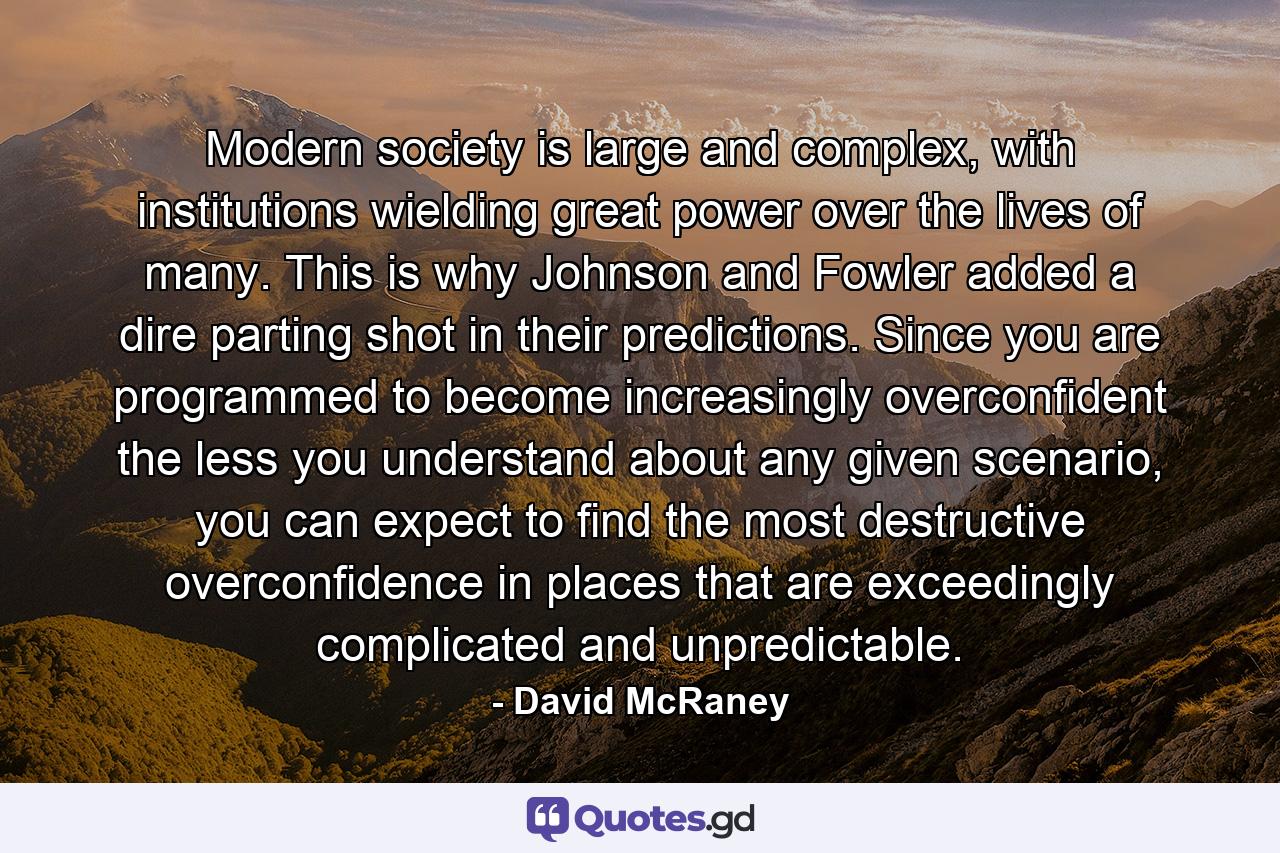As psychologist Bruce Hood writes in his book The Self Illusion, you have an origin story and a sense that you’ve traveled from youth to now along a linear path, with ups and downs that ultimately made you who you are today. Babies don’t have that. That sense is built around events that you can recall and place in time. Babies and small children have what Hood calls “unconscious knowledge,” which is to say they simply recognize patterns and make associations with stimuli. Without episodic memories, there is no narrative; and without any narrative, there is no self. Somewhere between ages two and three, according to Hood, that sense of self begins to come online, and that awakening corresponds with the ability to tell a story about yourself based on memories. He points to a study by Alison Gopnik and Janet Astington in 1988 in which researchers presented to three-year-olds a box of candy, but the children were then surprised to find pencils inside instead of sweets. When they asked each child what the next kid would think was in the box when he or she went through the same experiment, the answer was usually pencils. The children didn’t yet know that other people have minds, so they assumed everyone knew what they knew. Once you gain the ability to assume others have their own thoughts, the concept of other minds is so powerful that you project it into everything: plants, glitchy computers, boats with names, anything that makes more sense to you when you can assume, even jokingly, it has a sort of self. That sense of agency is so powerful that people throughout time have assumed a consciousness at the helm of the sun, the moon, the winds, and the seas. Out of that sense of self and other selves come the narratives that have kept whole societies together. The great mythologies of the ancients and moderns are stories made up to make sense of things on a grand scale. So strong is the narrative bias that people live and die for such stories and devote whole lives to them (as well as take lives for them).


